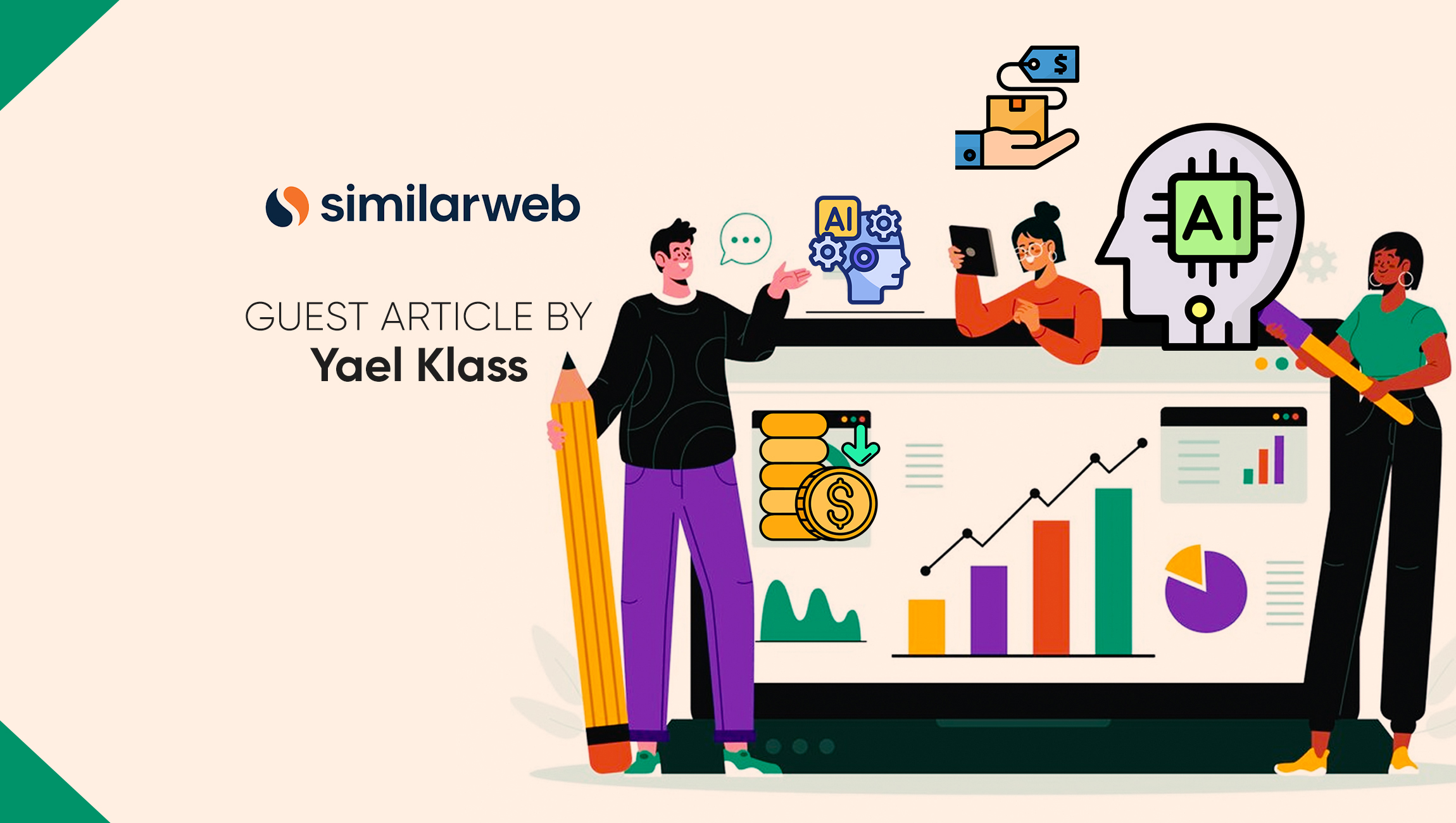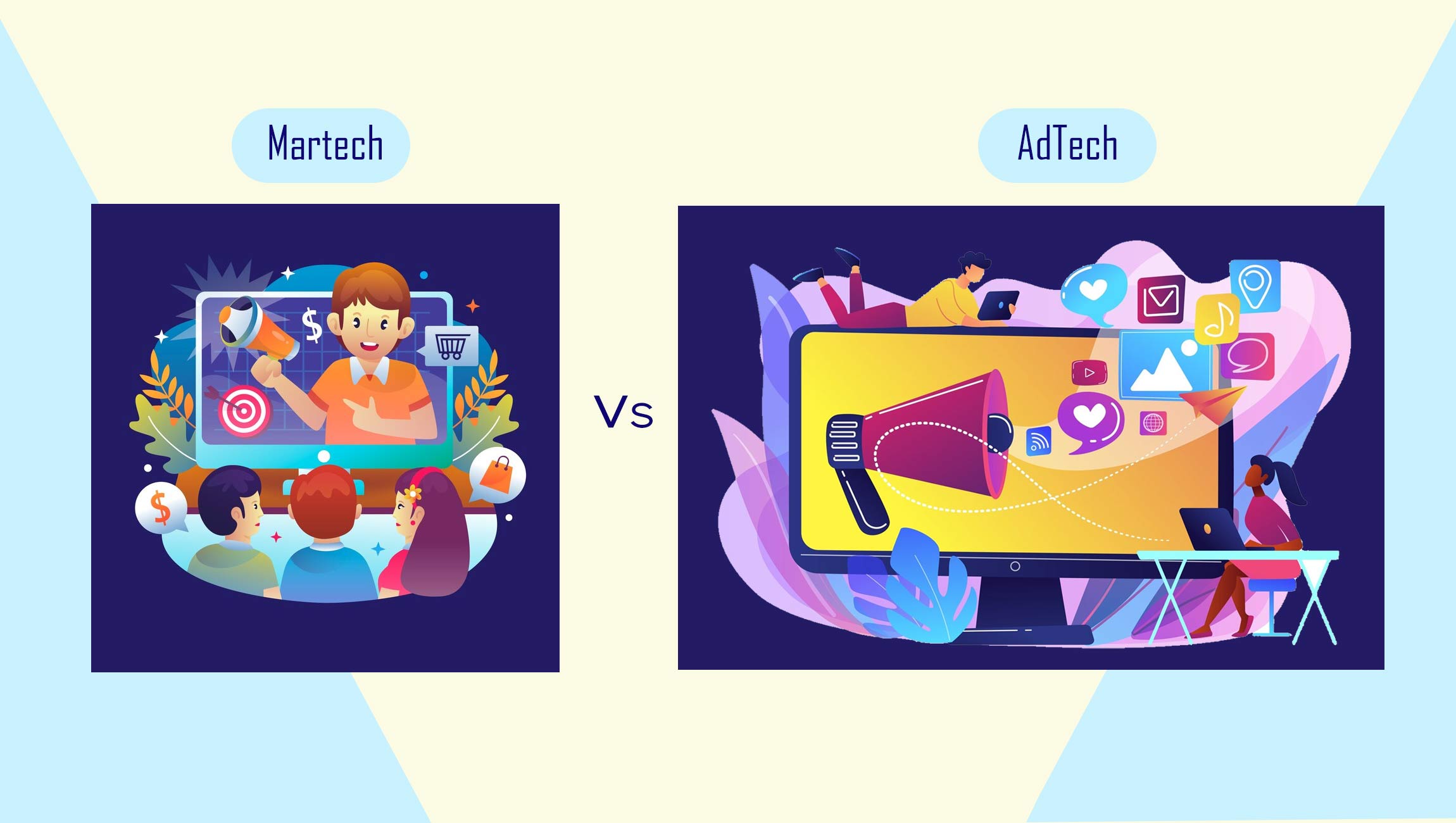How revolutionary is the AI revolution?
Look past the hype – and the people complaining about the hype – and you find that the generative AI (GenAI) technologies that have emerged since the launch of ChatGPT are already changing how we think about SEO, marketing content, and market research. The benefits are real, but so are the tradeoffs and uncertainties.
Here are three imperatives when assessing AI marketing opportunities.
Learn how GenAI optimization differs from SEO
Does your brand show up as well in responses to ChatGPT prompts as it does in search results? If not, you should be concerned about similar generative AI algorithms being incorporated into Google search (with AI Overviews) as well as AI search engines like Perplexity and ChatGPT maker OpenAI’s forthcoming SearchGPT. Brand discovery may suffer as the boundary between AI chat and search continues to blur.
Although search engines and GenAI engines feed on similar sets of scraped data from across the web, they evaluate and rank sources differently. For example, an analysis of AI chatbot responses on fast fashion brands found that SHEIN was less likely to be ranked in GenAI responses than in traditional search for “affordable fashion.” What we discovered is the chatbots were more likely to mention more established retailers than the upstart. However, this is not a hard and fast rule. The biases in these results vary by industry, making it important for every company to explore what the chatbots are saying about their brand.
There are additional elements that impact why answers can differ across industries beyond legacy vs. new businesses. For example, in consumer packaged goods, the rise of AI search is reinvigorating interest in the brand website. Because these companies typically focus on retail channels, rather than direct sales, the importance of the brand website has been debatable. However, brand sites seem to be referenced more often in GenAI results compared with traditional search, making them a critical touchpoint for brands looking to influence this new search visibility.
SearchGPT, when it arrives, may be influenced by these chatbot biases.
Meanwhile, AI Overviews are triggered for just under 4% of searches, according to Similarweb estimates – but the real question is how many of those searches are important to your brand.
Google’s AI Overviews draw on some of what Google has learned from developing its Gemini AI products but also on the rest of the Google tech stack. As a result, they are more likely to reflect rankings of content similar to what would show up currently on the first page of Google results. However, the results are still presented differently, as the answer to the user’s question rather than as links to websites where the answer can be found.
To an extent, this is just the next phase in a trend we’ve been seeing for some time: Search Engine Results Page (SERP) listings are populated with summaries prioritized over links. Only now may an AI Overview be followed by one or more of those other summarization features, driving the basic organic links even further down the page.
In other words, you really want your brand to be featured in those summaries. However, even if it is, the links in AI Overviews often point to external news and reviews articles, rather than to your website or assets that would allow for a traditional marketing flow.
For example, Similarweb is mentioned first in an AI Overview triggered by the question “What are the best tools for website competitive analysis?” but doesn’t show up as well in AI Overviews for other keywords where we would want to be featured. And even in the case where the AI Overview listed us ahead of competitors, the link attached to the item about Similarweb pointed to a blog post on another website. And because the results are presented as essays extracted from informational sources, Google users may be less likely to click through to the articles – a sore point with publishers – let alone find their way to your website.
Being listed first is a win – at least they’ll know our name – but the journey from the search result to our marketing content is now a longer and more indirect and uncertain one.
This makes it important to monitor how often AI Overviews are triggered in searches that are important to your brand and whether traffic is suffering as a result. And if the brand mentions you do achieve in these overviews only occur courtesy of blogs, reviews, and opinion leader content, it becomes doubly important to get the attention of the authors of that content and invest in your customer marketing efforts.
Paid rather than organic search may need to become a bigger part of your strategy. One of Google’s priorities in building out its AI Overviews product is monetization, and they’re happy to sell you ads against search terms that an AI bot may not rank you for.
Marketing Technology News: MarTech Interview with Jonathan Rosenberg, CTO and Head of AI @ Five9
Leverage AI as a copywriter, copy editor, and brainstorming companion
You and your team members may be proud of your writing and editing skills, but you shouldn’t be so prideful that you fail to get assistance when it is readily available. Delegating all your most important copywriting work to ChatGPT isn’t a good idea, particularly given the propensity of chatbots to “hallucinate” or make things up. On the other hand, most instances of that phenomenon occur when a chatbot is fed an open-ended question or questionable information.
Give a chatbot a long list of bullet points you want to organize, and you can get it to provide copy that is often surprisingly close to usable. You can then ask for several rounds of revisions in the space of a few minutes. That output shouldn’t be your final draft, but getting a solid first draft is half the challenge. The best of these tools can be trained to understand your brand voice, the names of your products, and other details specific to your organization.
There are some industrial-scale copywriting tasks, like writing descriptions for all the products in a catalog, where companies like Temu have proven that AI bots can do the work with minimal human intervention.
For more strategic copywriting, to let AI do all your thinking for you would be foolish. You know your customers, your products, and your selling points better than any bot. But the bots can save you time you can use to make subsequent drafts the best they can be.
Then maybe switch to Grammarly, another AI tool, to help you tighten up your final draft, remove the jargon, and make your argument more convincing.
Leverage AI to understand your customers and prospects
One of the consequences of the digitization of marketing is that we have more data about customers and markets available to us than ever before – to the extent that it becomes overwhelming. AI has the potential to make that data more digestible and draw our attention to the most important details.
Critics sometimes complain that features that a few years ago would have been labeled something else, like “predictive analytics,” are now being rebranded as AI because of the hype around that term. There’s some truth to that, but another equal truth is that many of us lacked the skills to take full advantage of previous generations of analytic tools without a team of people to sift through the results. What generative AI adds is usability and accessibility for those of us who don’t pretend to be data scientists. Even if you have some of those brilliant people on staff, you can’t recruit them to work on your everyday projects because they’re busy working on more critical challenges. Entering a prompt and getting an answer – or better yet having a tool proactively offer useful information – makes a huge difference in translating sophisticated data analytics into practical outcomes.
AI is increasingly baked into market intelligence tools. Whenever an analytics platform provides helpful advice you might not have thought to ask for, or guides you down a path you might not otherwise have thought to follow, there’s probably some AI at work behind the scenes – even if it’s not presented as a ChatGPT-style experience.
The next step in sophistication, which we’re starting to see more, is that the AI engine not only presents a consolidated analysis of the data but offers up drafts of work products, such as sales emails targeted at specific prospects that are informed by details about a customer your organization would like to win. If you allow a bot to “look over your shoulder” as you browse the web or read emails, it should be able to proactively volunteer insights about customers and markets, as well as sales and marketing messages, or even strategic recommendations.
As consumers, we sometimes find bots that stalk us across the web serving up ads and seem to know too much about our habits “creepy.” As professionals, we may find them intrusive, at least initially. But only by letting them into our work lives can we discover when they truly help us get a job done and understand when bot-powered recommendations are a distraction.
Conclusion
Embrace the future and make the most of AI. Just remember that while your marketing practices become more automated, your customers are not bots. At the end of the day our job as marketers is to win hearts and minds, not algorithms. Where the bots become intermediaries, however, we need to get them on our side and use them to amplify our best human effort.
Marketing Technology News: Mind the Gap: Overcoming the Disconnect Between Data and MarTech











